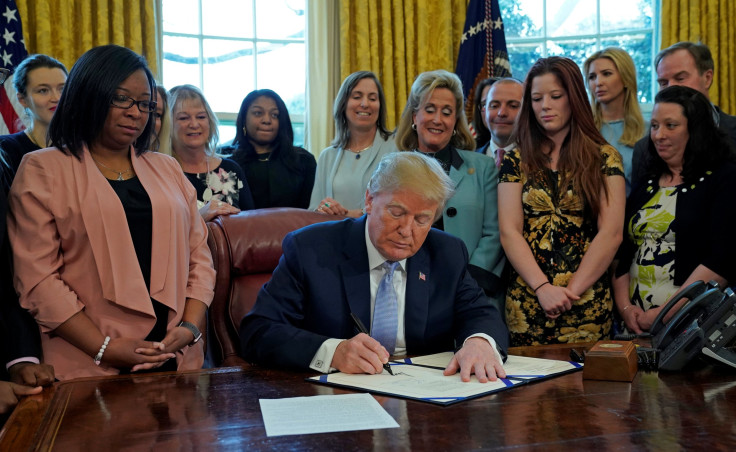How Much Do Federal Employees Earn? Trump Signs Pay Raise Order

KEY POINTS
- The executive order was needed to implement the appropriations bill that was signed into law last week
- The 3.1% raise is the largest in years
- A pay freeze still is in effect for political appointees
President Trump has signed an executive order boosting the pay of federal employees by an average 3.1% beginning with the first pay period of 2020.
The executive order, signed Thursday, implements a law Trump signed Dec. 20 granting the largest federal pay raise in a decade. Most federal workers will see the extra bucks beginning Jan. 5.
Trump initially provided no pay raises in his 2020 budget but relented during the summer and proposed the 2.6% boost and a 0.5% locality pay increase was added to that.
In four dozen higher cost areas, workers will see more than the average: 3.52% in the Washington-Baltimore area, 3.4% in San Francisco and Seattle, and 3.3% to 3.4% in San Diego, Los Angeles and New York. City zones dubbed “the rest of the U.S.” will see 2.85% raises.
The list of locality pay areas is the same as 2019 but a recent report indicated Des Moines, Iowa, should be added and Imperial County, California, should be broken out of the Los Angeles area. Those changes will take effect later in the year.
The amounts were determined through a statistical comparison of federal and private sector salary rates based on Bureau of Labor Statistics data.
The raises cover most federal white-collar employees below the executive level. Blue-collar workers will see similar raises.
The raises of career employees in the Senior Executive Service and those outside the service at similar levels are based on performance ratings, and salaries top out at $197,300. The pay cap for General Schedule employees is $170,800. Pay for political employees has been frozen since 2014.
The vice president will receive $235,100.
Federal retirees will receive a 1.6% cost-of-living increase, down from 2.8% last year.
© Copyright IBTimes 2024. All rights reserved.






















